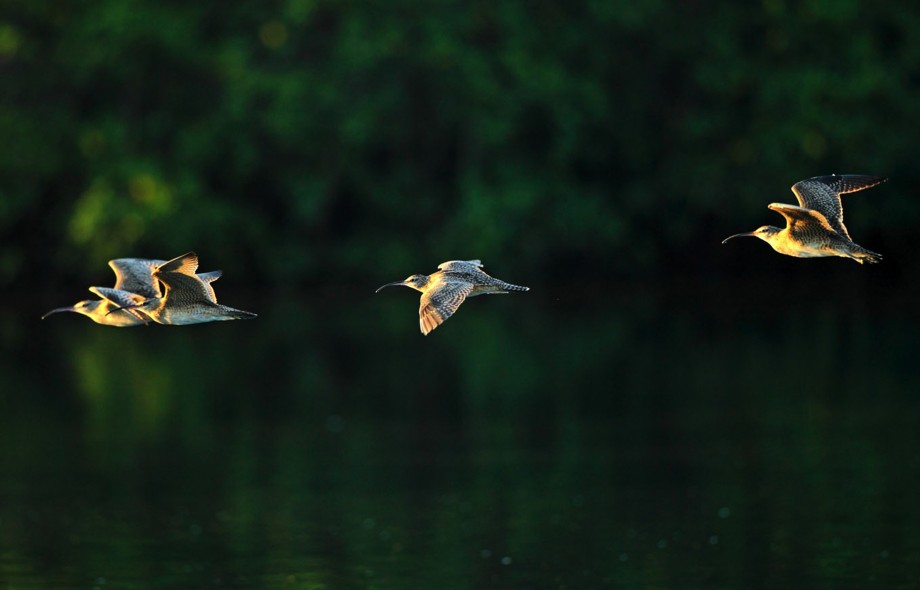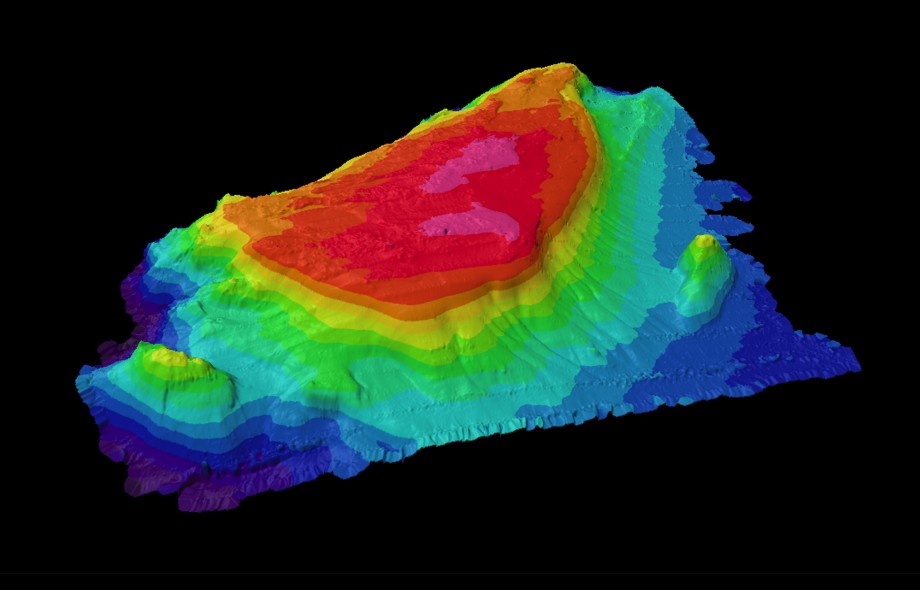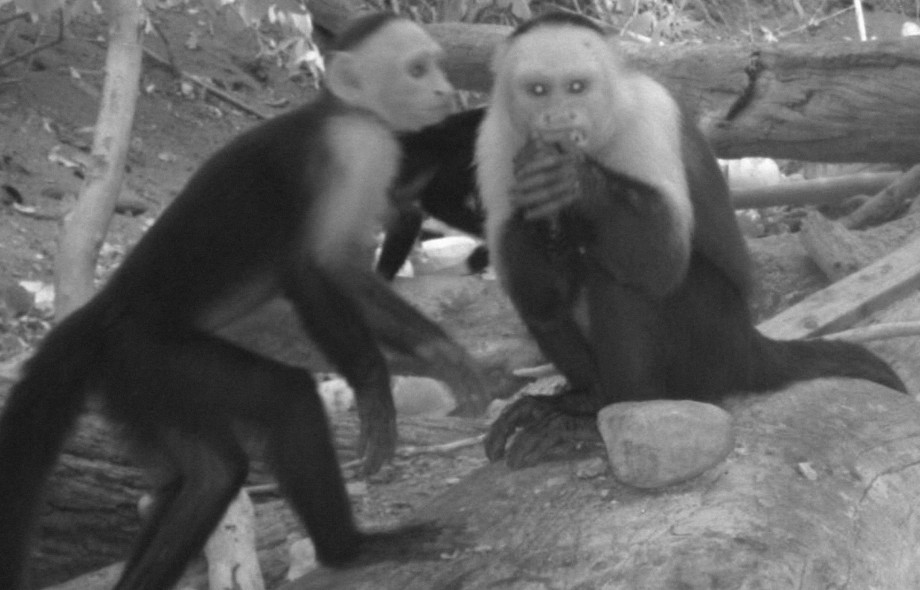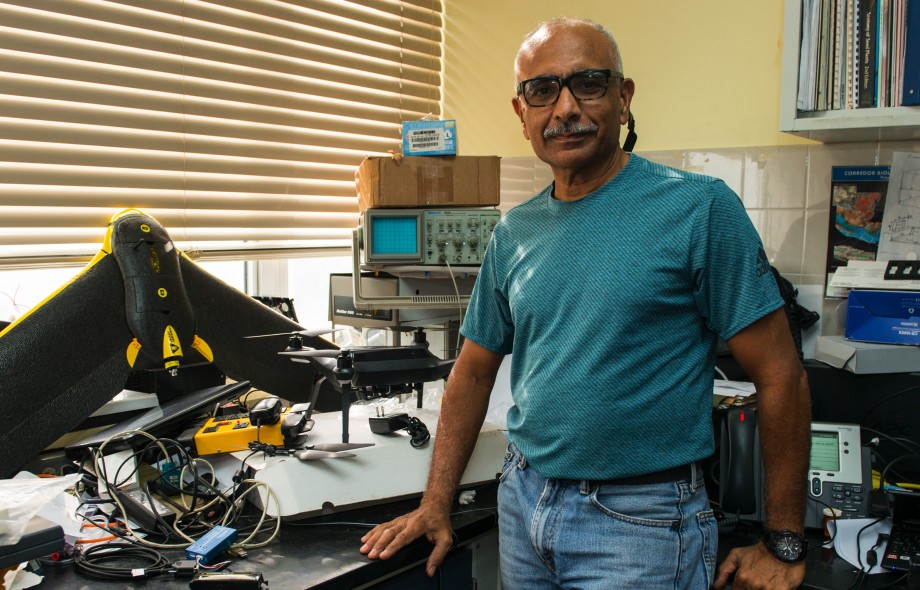After 14 thousand years of living in confinement and without the threat of predators, the white-faced capuchin monkeys on the Coiba National Park islands have begun to exhibit behaviors that have not been recorded in the mainland populations. For example, they are highly terrestrial and have learned to use stones as tools. Listen to doctoral student in animal behavior and former STRI fellow, Claudio Monteza, tell us this story.

You are here
Projects
& Stories
Coibita Island
A trip to Jicarón Island during the Coiba Bioblitz led to a published bird checklist.
Scientists named new blood-red species of octocoral in honor of philanthropist Ray Dalio.
White-faced capuchin monkeys in Panama’s Coiba National Park habitually use hammer and anvil stones to break hermit crab shells, snail shells, coconuts and other food items, according to visiting scientists at the Smithsonian Tropical Research Institute (STRI). This is the first report of habitual stone-tool use by Cebus monkeys.
When he’s not racing his bike cross-country, Milton Garcia is in demand for his expertise flying drones. In the last month, he monitored mangrove deforestation on Panama’s Pacific coast, mapped a new research station in Coiba National Park and tracked blooming trees on Barro Colorado Island, the first plot in an international network of forest monitoring sites.
Coibita Island, part of a World Heritage Site in Panama’s Pacific, is poised to become a leading research site for tropical marine biology.





